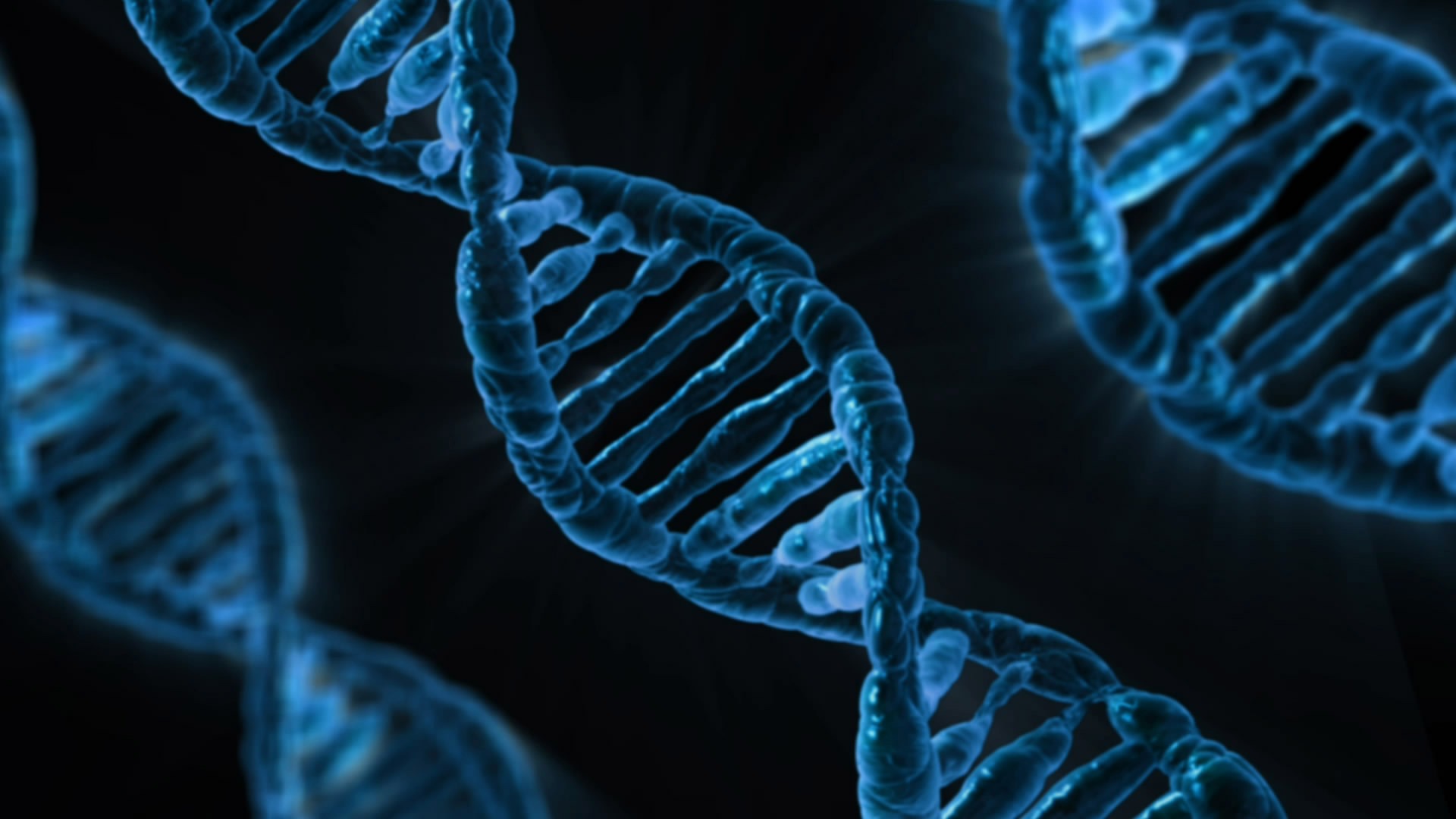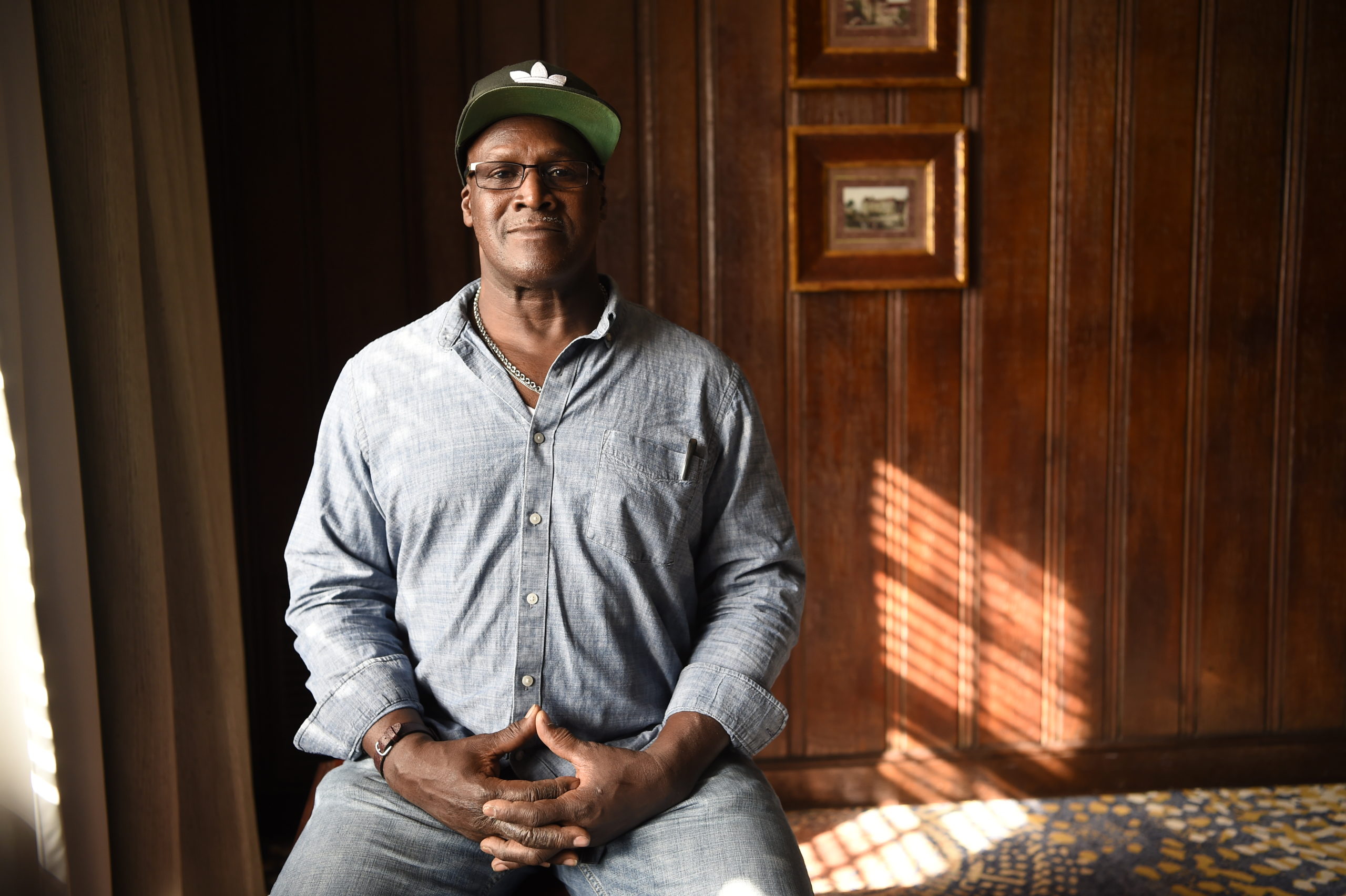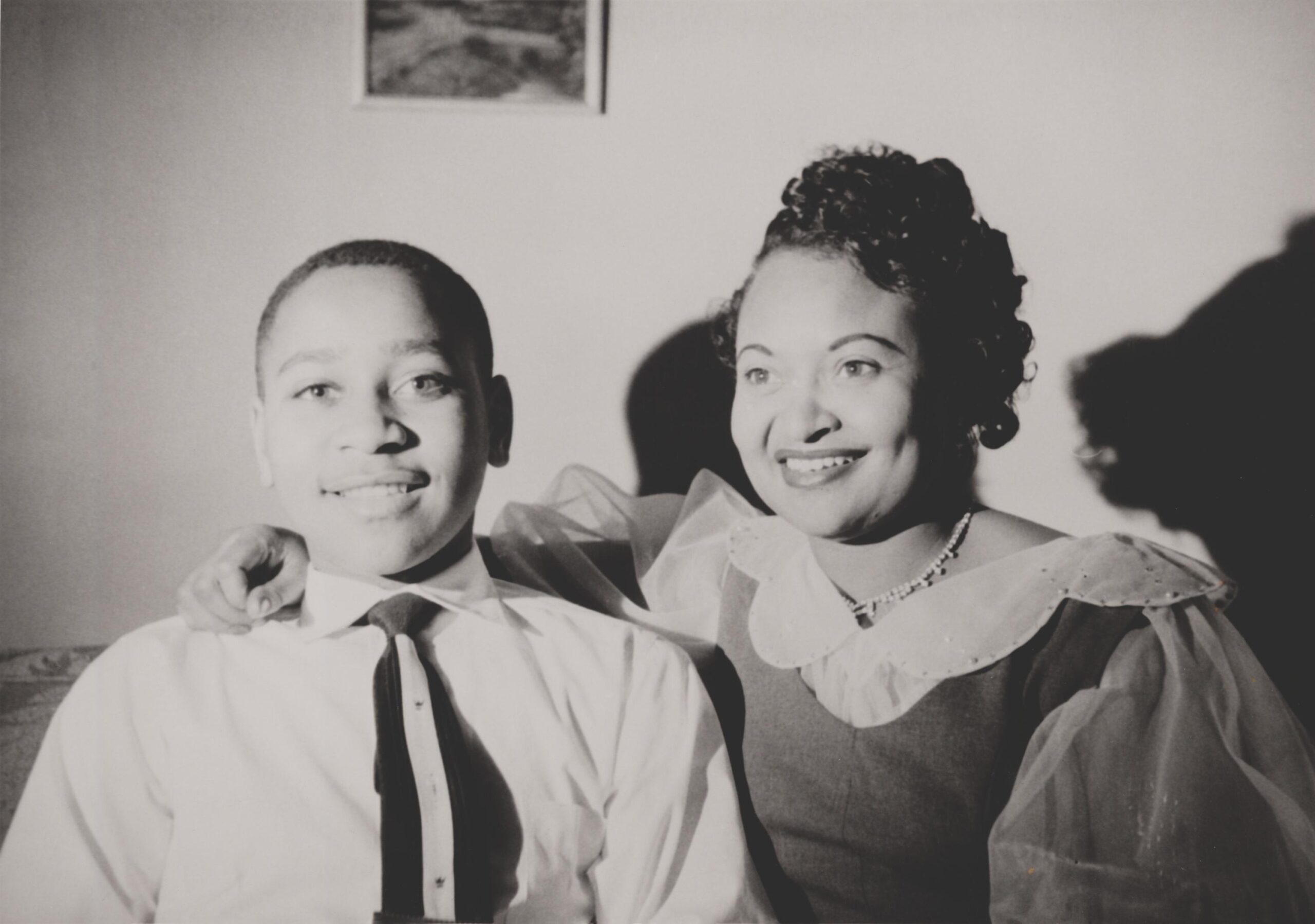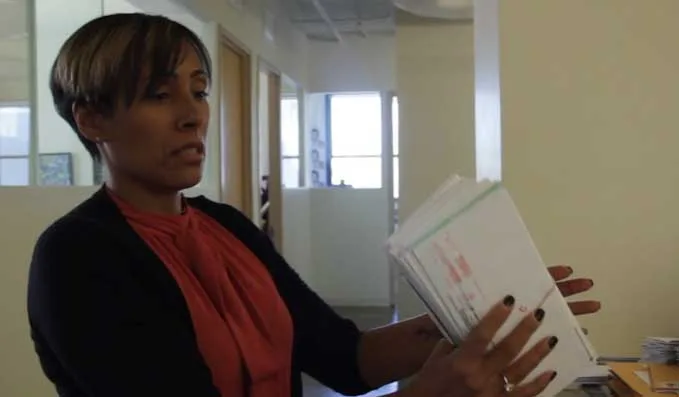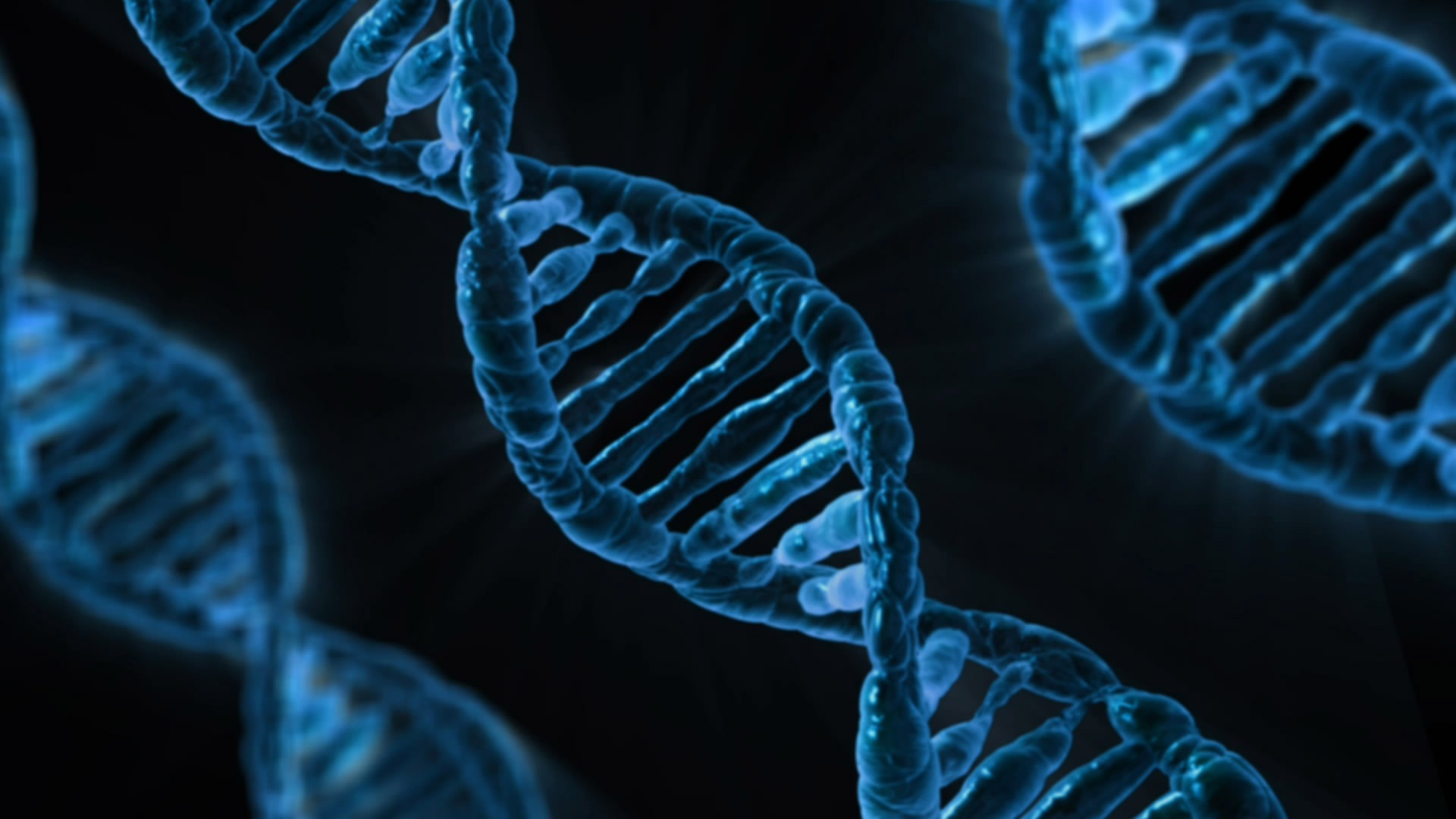Explore the Numbers: Innocence Project's Impact
years Innocence Project clients collectively spent wrongfully incarcerated
Innocence Project clients exonerated by DNA
Jaythan Kendrick is exonerated from a 1995 murder conviction on Nov. 19, 2020 in New York. (Image: Ben Hider/AP Images for Innocence Project)
Innocence Project victories to date
DNA has played a crucial role in proving innocence and solving crimes
In 1992, Barry Scheck and Peter Neufeld realized that if DNA technology could prove people guilty of crimes, it could also prove that people who had been wrongfully convicted were innocent. So they started the Innocence Project as a legal clinic at the Benjamin N. Cardozo School of Law.
Since then, DNA testing and analysis has become vital to exonerating innocent people and driving criminal justice reform. Decades of data on DNA-related and non-DNA exonerations expose systemic vulnerabilities. The Innocence Project fights to redress these systemic issues through strategic litigation, policy reform, and education. This page explores a sample of the demographics of our exonerated clients, as well as the factors that contributed to their wrongful convictions.
Wrongful convictions are life-altering experiences with lifelong consequences
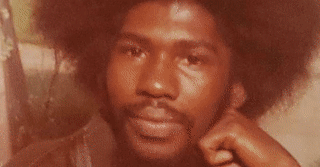
average age when wrongly convicted; 45 average age when exonerated
9% of the 253 people were sentenced to death
estimated number of exonerees who have not received compensation for their wrongful convictions. Fourteen states do not have a compensation law at all.
Correcting wrongful convictions impacts communities
additional violent crimes were committed while an innocent person was imprisoned in the original attacker’s place — including 56 sexual assaults, 22 murders, and 23 other violent crimes
people who actually committed the crime were identified from the 253 client exonerations and releases
states (plus D.C.) where Innocence Project client victories have been won
Innocence Project cases reflect the disproportionate impact of wrongful convictions on Black people in the U.S.
Black
Latinx
white
2% Asian American, Native American, or self-identified “other”
Exonerations teach us about the most common causes of wrongful conviction
Lessons from Innocence Project DNA cases
Intake
Since 1993, the Innocence Project has received over 65,600 letters from incarcerated individuals seeking help in proving their innocence. The intake team processes the letters chronologically, and thoroughly reviews each case request received.
letters received
Review
For our DNA exoneration work, the Innocence Project conducts an extensive evaluation of cases to determine whether the identity of the perpetrator is at issue, whether the perpetrator potentially left behind biological evidence, whether the biological evidence was collected, and what new testing may be conducted on the evidence.
range of costs for DNA testing of evidence for one case
Litigation
Once DNA cases are selected, our lawyers work to access the evidence for DNA testing through the consent of the State or court proceedings and litigating on behalf of the client and work to secure relief based on exculpatory evidence. This process can take decades before an exoneration occurs.
average years served before exoneration
